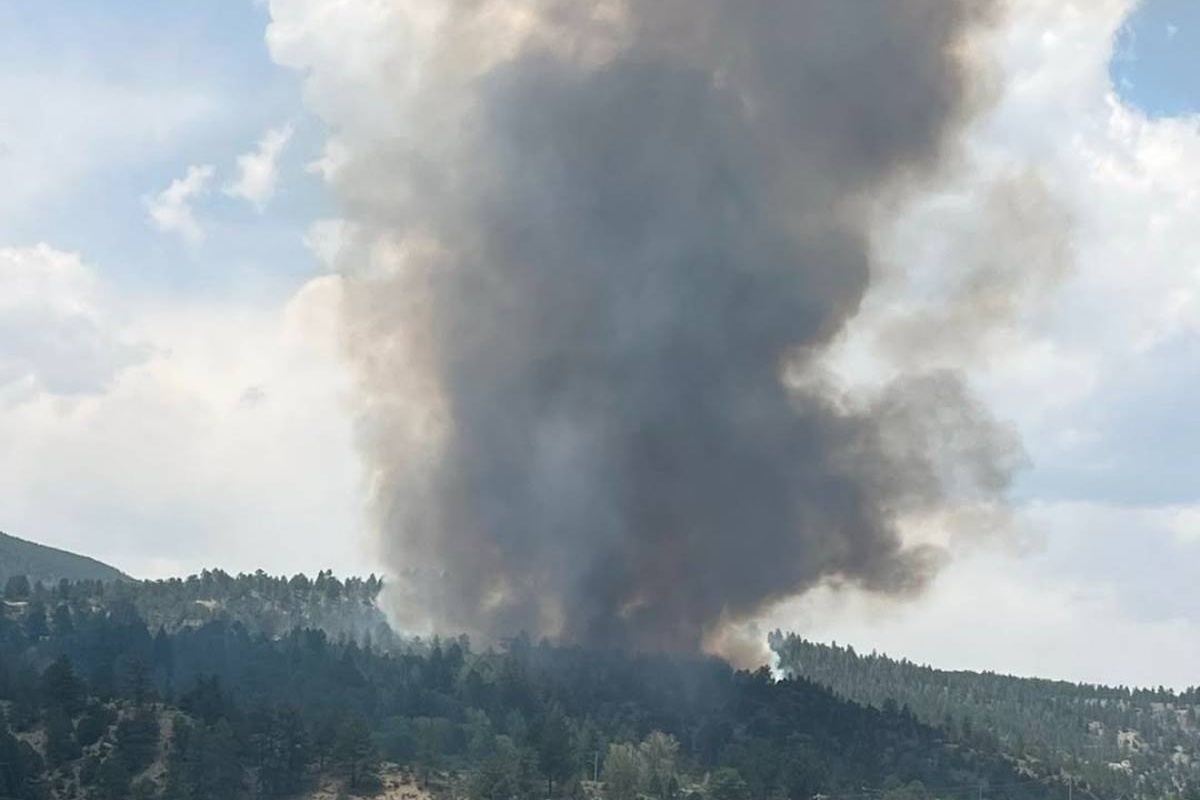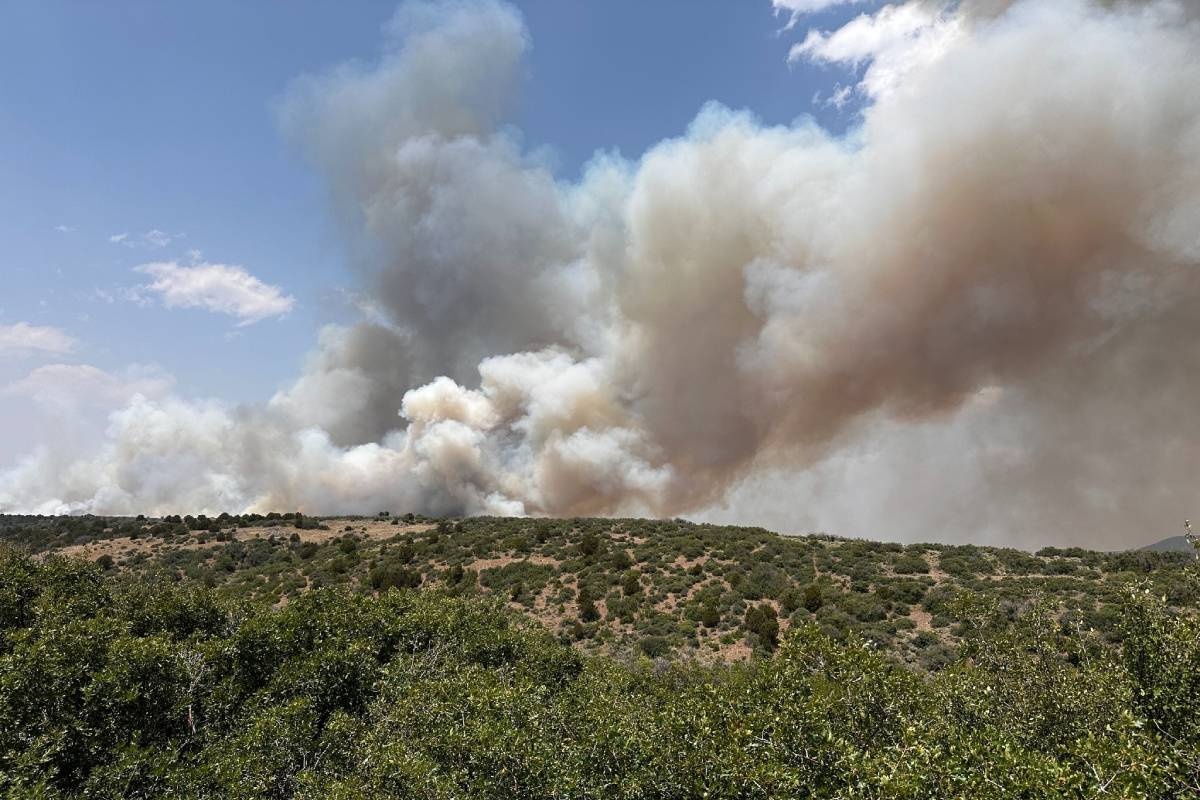 For as much as we've heard about how gentrification has changed cities across the U.S. -- and especially Denver lately -- a Portland-based non-profit argues that chronic poverty is still ingrained in most neighborhoods.
For as much as we've heard about how gentrification has changed cities across the U.S. -- and especially Denver lately -- a Portland-based non-profit argues that chronic poverty is still ingrained in most neighborhoods.
In a recent report, City Observatory mapped the poverty rate going back to 1970 in major U.S. cities -- including the Denver metro area. It shows there's been very little change in poverty in most poor neighborhoods from 1970-2010 and the number of poor neighborhoods is growing.
The effects of poverty are intensified in high-poverty areas, the report says:
Quality of life is worse, crime is higher, public services are weaker, and economic opportunity more distant in concentrated poverty neighborhoods. Critically, concentrated poverty figures prominently in the inter-generational transmission of inequality: children growing up in neighborhoods of concentrated poverty have permanently impaired economic prospects.
Looking at the Denver metro area specifically, the numbers bear out City Observatory's argument. In 1970, there were 16 high-poverty census tracts; in 2010, there were 48. The number of people in poverty has more than tripled, though population overall has grown as well.
The only part of the city that's seen a dramatic improvement since 1970 is LoDo, as seen by the green designation in the map below. It should be noted, however, that the most recent data displayed is from 2010 and Denver's economy has boomed significantly since then.
Read the full report here, and this dashboard shows more in-depth data for the Denver area.









